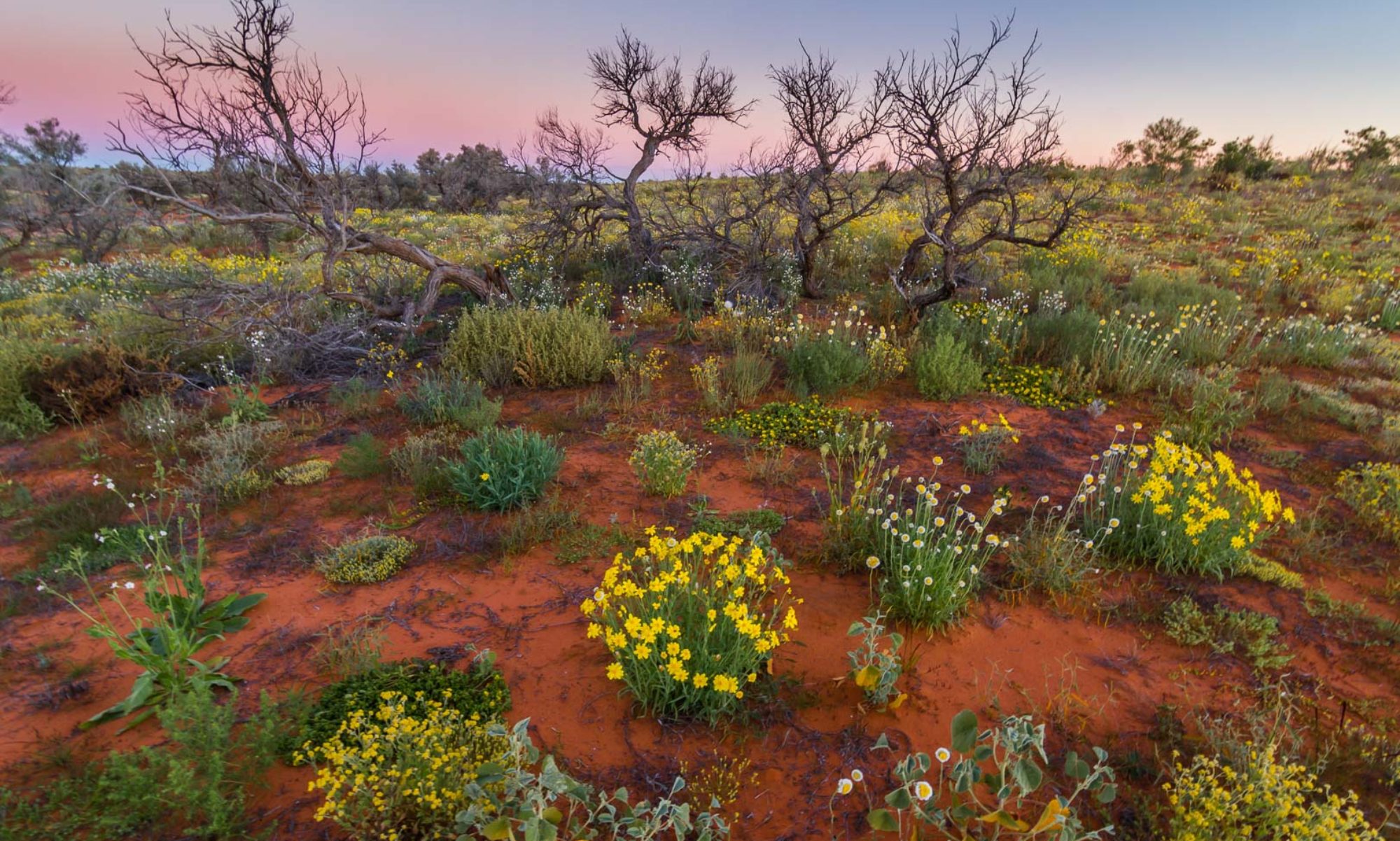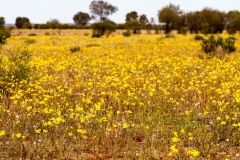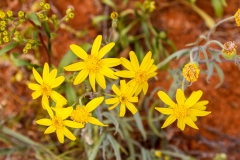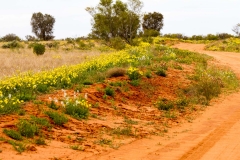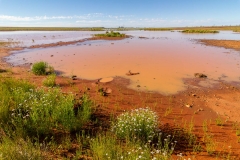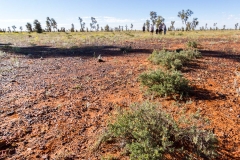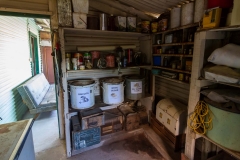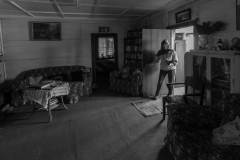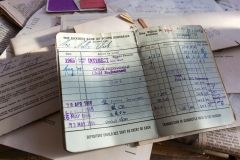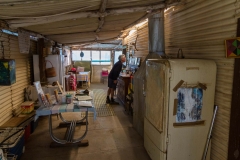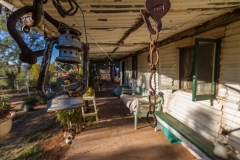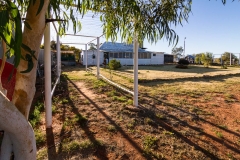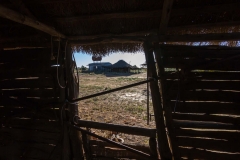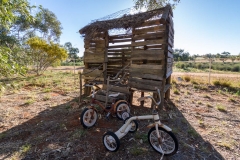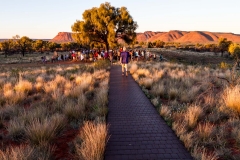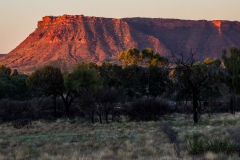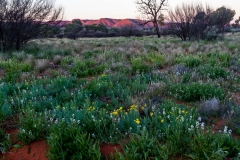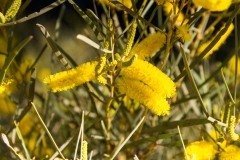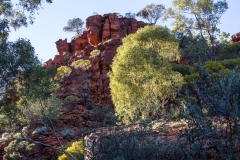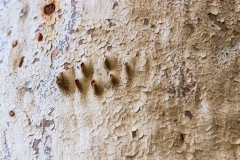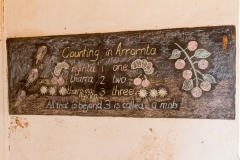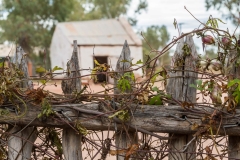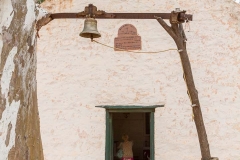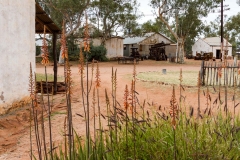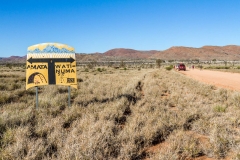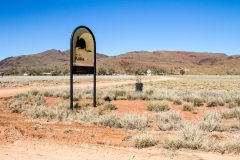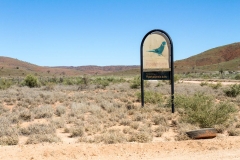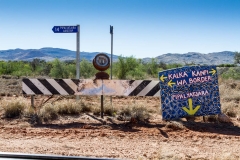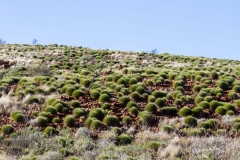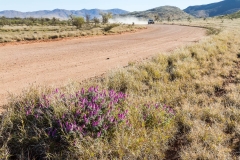26 July, 2016
A showery morning cleared to a fine day for our drive out of Alice Springs. Numerous wildflowers, purples, pinks, whites, yellows, grew in the fields beside the road.
We drove some time towards the Arookara Range before we turned and ran parallel to it. It was lovely scenery through here. We stopped here to open gates.Wildflowers continued all day through the long low red dunes we drove beside.
At Mac Clark Conservation park we drove past great pools of water to where the ancient Acacia Peuce trees grew. They were the only trees in an otherwise flat landscape and once again this was like no other landscape we had seen before.
ABC RURAL:http://www.abc.net.au/news/rural/2013-05-28/acacia-peuce-tree-simpson/4717284
Since Molly Clark died, Old Andado is now a museum of a special kind. Her family have left the house as it was when she left it. We enter a room half expecting her to be sitting in an chair. Her bank book from 1966 showed the conversion from pounds, shillings and pence to decimal currency.
Old Andado Station:
27 July, 2016
The following morning we visited Molly’s grave which was across the creek behind the house.
When we drove up the dune near the station, a vast expanse of greenery stretched as far as the next dune. Incredible!
For the next 30 kilometres or so we travelled over flat country bypassing bogs and water lying on the road.
We drove between the dunes covered with vegetation. Past the Wagon Claypan we were surprised to be driving through a forest of low eucalypts.
We fuelled the car and ourselves with pies, a beer and an ice-cream at Mt Dare. Leaving there, we drove the rough track over stony ground, creek flats and gullies past Mount Hammersley, a pimple on an otherwise flat land, to the oasis at Opossum Waterhole surrounded by gums.
From here the road to Dalhousie Springs rose to give good views and then fell to muddy clay pans.
The camp was full of travellers. We took a soothing swim in the steaming springs floating on noodles and allowing the small fish to nibble at our skin.
28 July, 2016
Another swim in the springs to warm ourselves on a cold morning then we drove to to the Dalhousie Ruins. The crumbling stone buildings were stabilised about 20 years ago and as we topped the rise and first glimpsed them surrounded by date palms, we thought we were in Morocco again.
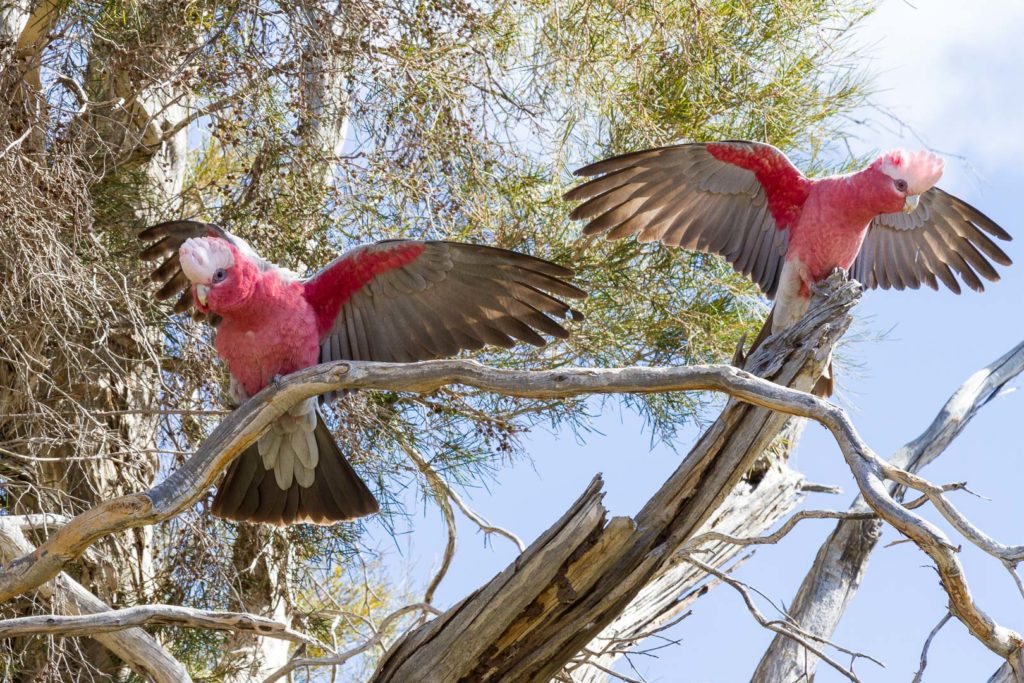
Soon we were on our way on the French Line, another desert to conquer, the Simpson.
